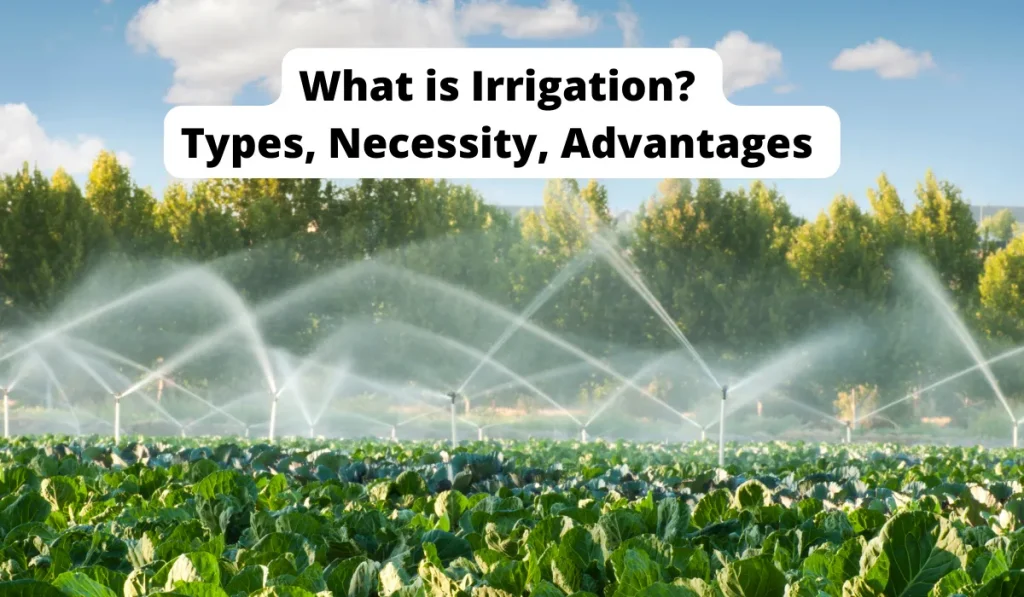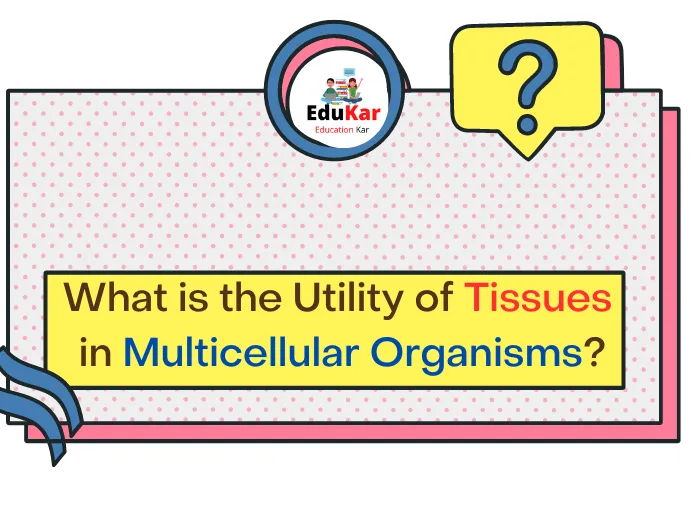Contents

Are you looking for an overview about “What is irrigation?”, so you are at the right place here. I am a student of civil engineering and I have read in detail about Irrigation so I am giving a blog post about it.
It’s important to be knowledgeable about this topic so that you can have an understanding of how to operate and maintain your irrigation system efficiently and successfully. This blog will provide you with information on irrigation systems, their types, necessity and advantages.
Irrigation is the act of watering plants or soil. It is the process of supplying enough water to enable plants to thrive. Irrigation systems are also used to improve soil drainage, to maintain high humidity levels and to dry out damp soil. Irrigation takes place in two ways – through a central source of water or through the application of water on the soil surface by means of an irrigation system.
- Water is greatest resource of humanity.
- Irrigation is ” a continuous and a reliable water supply to the different crops in accordance with their different needs”.
- Largest use of water in the world is made for irrigating lands.
- Adoption of irrigation practice is not new to our country for example, the most famous old irrigation work which is functioning today is the ‘GRAND ANICUT’ which was built by CHOLAS in first A.D on the Cauvery river. Its located in Tamil Nadu ( Kallanai Dam).
- Importance of irrigation was well recognized by Mughal and as such, the Western Yamuna Canal which was built by FEROZSHAH TUGHIAQ in year 1355 was renovated by AKBAR.
- During the British Regime, the 1040 km long upper ganga canal system, the longest in the world was completed in 1854.
- Irrigation may be defined as the artificial application of water to the soil or land for the growth of agricultural crops.
What is the necessity of irrigation in India?
More than 70% of our population, directly or indirectly depends on agriculture and remaining depends indirectly on agriculture.
The geographical conditions especially the nature of monsoon rainfall, in India make irrigation indispensable for sustainable agricultural development.
What are the advantages of irrigation?
- Increase in food production.
- Domestic water supply.
- Revenue generation.
- Inland navigation.
- Generation of Hydro-Electric power.
- Afforestation
- Elimination of mixed cropping (mixed cropping means sowing together of two or more crops in the same field when weather conditions are not favorable for particular type of crop. Mixed cropping is eliminated if we have good irrigation facility).
What are the types of irrigation?
- Surface Irrigation
- Sub-Surface Irrigation
It’s further classified as:
| SURFACE IRRIGATION | SUB-SURFACE IRRIGATION |
|---|---|
| 1. Lift and Flow Irrigation | 1. Natural Sub-Surface Irrigation |
| 2. Flood/Inundation and Perennial Irrigation | 2. Artificial Sub-Surface Irrigation |
| 3. Direct and Storage Irrigation |
SURFACE IRRIGATION
- In this method irrigation water is distributed to the agricultural land through small channels which flood the area up to a required depth.
- Water is applied and distributed either by gravity or pumping.
- Surface irrigation is further divided into two types Lift and Flow irrigation.
LIFT IRRIGATION
Water available at lower level is lifted to a higher level by mechanical or manual means and than supplied for irrigation.
FLOW IRRIGATION
- Water available at higher level is supplied to a lower level by the action of gravity.
- Flow irrigation is further sub-divided into Flood and Perennial irrigation.
FLOOD/INUNDATION IRRIGATION
It is used when water is available for limited period and land is submerged with water during rainfall.
PERENNIAL IRRIGATION
In this irrigation water source is constant and continuous available so water can be applied at any time.
SUB-SURFACE IRRIGATION
- In this method water is directly applied to the rootzone of crops.
- Water flows underground and nourishes plant roots by capillarity.
- This method is suitable for soil which are highly permeable.
- It may be divided into parts Natural sub-surface irrigation and Artificial sub-surface irrigation.
NATURAL SUB-SURFACE IRRIGATION
Leakage water from channels during its passage through sub soil irrigates crop sown on lower lands.
ARTIFICIAL SUB-SURFACE IRRIGATION
In this method a system of pipes drains is artificially laid below the soil. This method is costly and recommended in areas where crops provided high return.
What are the various types in which irrigation water can be applied on the fields?
There are various ways in which irrigation water can be applied on the fields:
- FREE FLOODING
- BORDER FLOODING
- CHECK FLOODING
- BASIN FLOODING
- FURROW IRRIGATION METHOD
- SPRINKLER METHOD
- DRIP IRRIGATION
Now let’s talk about them in details:
1. FREE FLOODING / ORDINARY FLOODING
In free flooding method water is applied to the land from field ditches without any check or guidance to the flow so their is no control over flowing water.
- Its also known as wild flooding.
- Efficiency is low.
- High evaporation and high infiltration looses.
- Used in rolling lands / Undulating ground.
- Used in closed growing crops / seed driven crops.
2. BORDER FLOODING
The land is divided into numbers of strips separated by low levees called borders.
- Area b/w ditches is known as strip.
- Length of strips 100m to 400m.
- Width of strip 10m to 20m.
- There is control over water.
- This method is broadly used in India.
Time required by water to cover the given area of land is
t=2.303(y/f) log (Q/Q-f A)
where y= depth of water applied
f= infiltration capacity of soil
Q= design discharge
A= given area of land
So, [ Amax=Q/f ]
3. CHECK FLOODING
- Water is controlled by use of low and cross levees.
- Confined area b/w levees lies b/w 0.2 hectare to 0.8 hectare.
- Suitable for both permeable and less permeable soils.
4. BASIN FLOODING
- Special type of check flooding.
- Special adopted for orchard trees.
- Shape of basin may be regular or irregular.
5. FURROW IRRIGATION METHOD
- Furrows are small narrow channels.
- Depth varies 8cm to 30cm.
- Type of natural sub-surface irrigation.
- Less evaporation losses but high infiltration losses.
- Examples:- Potato, Radish, Carrot , etc….
6. SPRINKLER METHOD
- In this method water is applied in the form of spray.
- Pressurized method of irrigation.
- Efficiency is approximately 80%.
- Used for growth of tea and coffee also known as cash crops.
- Used for highly erodible soil.
7. DRIP IRRIGATION / TRICKEL METHOD
- Method of artificial sub-surface irrigation.
- Water is applied directly to the root zone.
- Negligible Infiltration and evaporation losses.
- Efficiency is approximately 100%.
- Using the area of having scarcity of water and for high return crops.
Conclusion
We hope you enjoyed our blog post on what irrigation is. Irrigation is a process in which water is pumped from a higher elevation to a lower elevation in order to make it more convenient for people and to water plants and crops. There are many ways in which irrigation can be used in both commercial and residential settings. Please feel free to contact us if you have any questions by visiting EduKar.





![Zoology Important Questions [Class 11th-English medium] Zoology Important Questions class 10 english medium](https://edukar.in/wp-content/uploads/2022/09/Zoology-Important-Questions-class-10-english-medium-1024x597.webp)
![Biology Class 10 Very important [Questions &Answers] Biology Important Questions with Answers class 10](https://edukar.in/wp-content/uploads/2022/09/Biology-Important-Questions-with-Answers-class-10-1024x597.webp)
![Corporate Accounting [Important Questions & Answers with MCQ] Corporate Accounting Important Questions & Answers](https://edukar.in/wp-content/uploads/2022/09/Corporate-Accounting-Important-Questions-Answers-1024x597.webp)
![Web application and Security Class 10 [Questions Answers & MCQs] Web application Class 10 Questions & Answers](https://edukar.in/wp-content/uploads/2022/09/Web-application-Class-10-Questions-Answers-1024x597.webp)



![Digital Documentation Class 9 [Questions Answers & MCQ] Digital Documentation Class 9](https://edukar.in/wp-content/uploads/2022/08/Digital-Documentation-Class-9-1024x597.webp)



